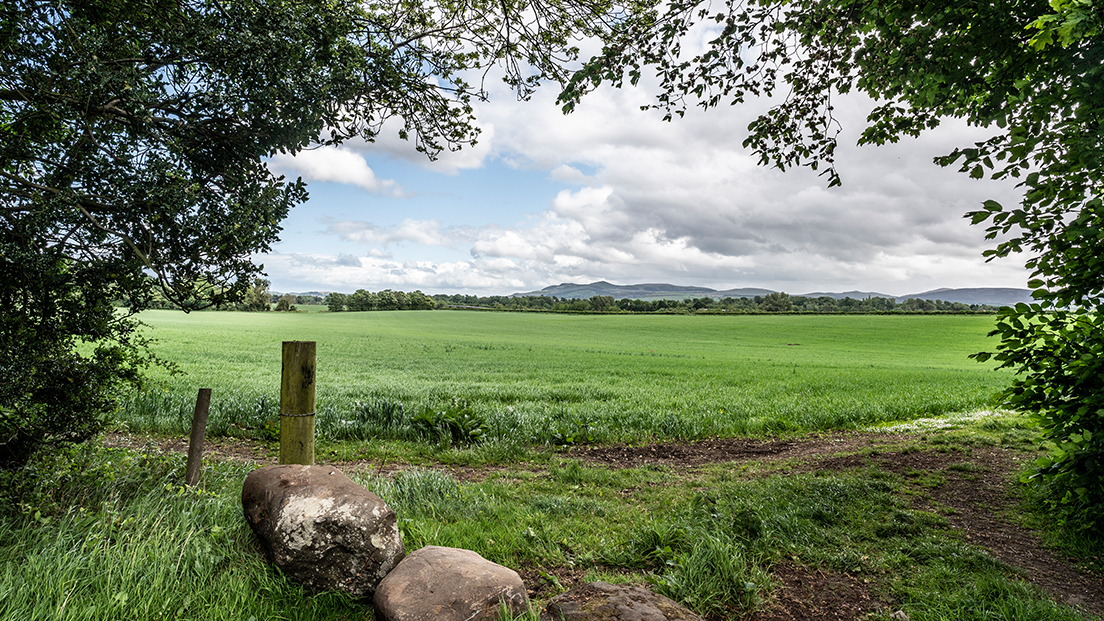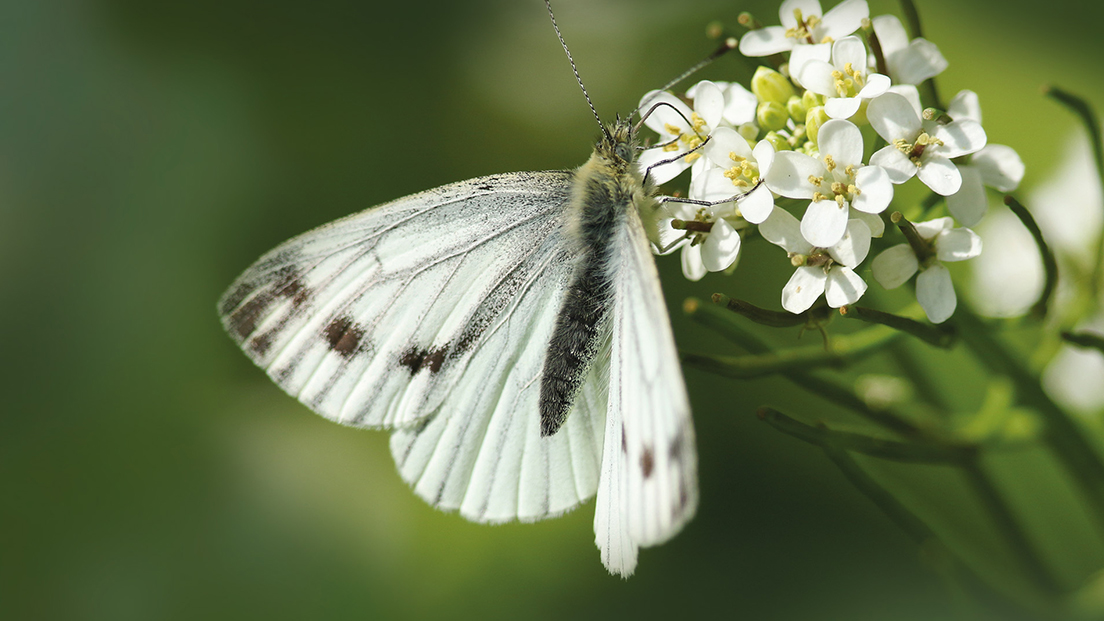Caroline Scaramanga, our Head of Garden Design gives her advice on what to plant this Spring.
Spring has sprung, grass has ‘riz… You may well wonder where ‘dem birdies is’. For spring 2024, it’s time to say goodbye to dull and lifeless gardens as Brits prepare for what we all hope will be a beautiful summer. Overseeing more than 750 acres of land across the Hand Picked Hotels collection, Caroline Scaramanga shares her top tips for getting gardens to look summer ready – and be fauna friendly too.
Say goodbye to the old:
One of the first things you want to do, if you haven’t done it already, is cut back all the old leaves from your winter plants and evergreens, such as Hellebore and Epimedium, to ground level to allow the new fresh leaves to come through. Weed the beds, remove any old hips from the roses (the accessory fruit), cut old hydrangea flowers back to a new bud and tie in your rose climbers ensuring they are trained horizontally to allow flowers to break bud all along the stem. You have to be mean but it works – if you simply let them travel vertically you will enjoy one or two flowers at the top and nothing else!

When it comes to the daffodils, which typically bloom between February and May, wait for them to die back before you cut them down. If you want to speed the process up, drench the leaves with a liquid fertiliser according to manufacturer’s instructions, wait a week for the goodness to travel through the leaves systemically to the bulb and then cut them back.
In preparation for your Dahlias which will bloom beautifully in July, if you have left the bulbs in the ground from last year, make sure they are covered with a thick mulch of straw and compost (I cover mine with soil to a depth of up to 30cm) to protect them from the winter frosts. Make sure you wait a little longer to uncover them – ideally May – or you can get caught out by a late frost
Finally, do cut back your figs if you have them – I cut back to an outward facing bud. Most fig trees are planted against walls and love the restriction of their roots in paving. Figs are great in stony soil and builders’ rubble (harping back to their origins in the Greek mountainsides) so if you have challenging soil, do consider them. Buy a small one and let it get settled. As a standard tree they can form great sunshades in southern counties. I have one which I prune every year, up a ladder, cutting back any branch that dares to head skywards – I aim for a 1m deep canopy to create a living ‘sunbrella’.

Be a friend to the wildlife:
Thinking about fauna and insects, my recommendation would be to go easy on the mowing this year. Consider taking part in Plantlife’s ‘No Mow May’ campaign, encouraging people not to mow their lawn during May in order to encourage a healthy lawn with long grass and wildflowers, benefitting wildlife, helping tackle pollution and even locking carbon below ground.
If you have flowers and wildflowers in your lawn, you’ll need to allow the grass to grow long whilst the bulbs die back. Once this happens, also consider introducing different cutting layers to create not just interest but also habitat for wildlife. At Hand Picked Hotels, we are going to be doing this in our hotel gardens this year. Running a longer cut beneath the trees – say 4” next to the shorter lawn cut, can make a huge difference (think different hedge heights but in grass terms).
For gardeners who want to bring birds and other wildlife into their gardens, putting out seeds and nuts for the birds will help create a new food source for them before their larders become full.

For those with small gardens:
If you have a small garden like me or a balcony garden, consider creating your own herb utopia. Herb gardens do not have to be big, and many herbs enjoy what other plants would consider dreadful soil. Think about seeing herbs grow on the stony mountains in Greece or seeing roadsides of fennel in Italy. A planter filled with rubble for drainage, and soil and grit above would be a happy place for herbs.
Plan for 2025:
It’s never too early to start planning for next year. While it is too late to plant tulips now, if you find a gap between your daffodils and your herbaceous plants, do think about choosing some for next year, and order them for a late autumn delivery.
Tulips for me are a wonderful interim plant which bring total joy to a desert of colour before real growth kicks in. Their vibrant colours can hook into the vivid Rhododendrons and Camellias that flower now.
For the winter, also consider adding some wintering flowering shrubs. The flowers on many of these are small but highly scented, helping guide the pollinators to them. They look great in winter and are good for the insects too!
